
Yuba City is a city in Northern California and the county seat of Sutter County, California, United States. The population was 70,117 at the 2020 census. Yuba City is the principal city of the Yuba City Metropolitan Statistical Area which encompasses all of Sutter County and Yuba County. The metro area's population is 164,138. It is the 21st largest metropolitan area in California, ranked behind Redding and Chico. Its metropolitan statistical area is part of the Greater Sacramento CSA.

Jane Nartare Beaumont, Arnna Kathleen Beaumont and Grant Ellis Beaumont, collectively referred to as the Beaumont children, were three Australian siblings who disappeared from Glenelg Beach near Adelaide, South Australia, on 26 January 1966 in a suspected abduction and murder.

Crime Wave is a 1954 American film noir starring Sterling Hayden and Gene Nelson, and directed by Andre de Toth. It was adapted from a short story which originally appeared in The Saturday Evening Post - "Criminal Mark" by John and Ward Hawkins.

Susannah Jane Lamplugh was a British estate agent reported missing on 28 July 1986 in Fulham, London, England, United Kingdom. She was officially declared dead, presumed murdered, in 1993. The last clue to Lamplugh's whereabouts was an appointment to show a house in Shorrolds Road to someone she called Mr. Kipper. The case remains unsolved.

The 2006 Securitas depot robbery in Tonbridge, England, was the UK's largest cash heist. It began with a kidnapping on the evening of 21 February 2006 and ended in the early hours of 22 February, when seven criminals stole almost £53 million. The gang left behind another £154 million because they did not have the means to transport it.

The Dyatlov Pass incident is an event in which nine Soviet hikers died in the northern Ural Mountains between February 1 and 2, 1959, under uncertain circumstances. The experienced trekking group from the Ural Polytechnical Institute, led by Igor Dyatlov, had established a camp on the eastern slopes of Kholat Syakhl in the Russian SFSR of the Soviet Union. Overnight, something caused them to cut their way out of their tent and flee the campsite while inadequately dressed for the heavy snowfall and subzero temperatures.
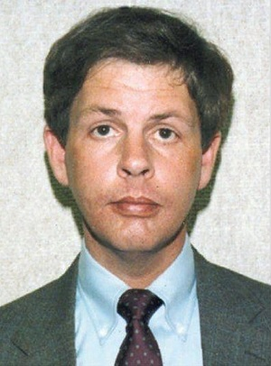
Herbert Richard Baumeister was an American businessman and suspected serial killer. A resident of the Indianapolis suburb of Westfield, Indiana, Baumeister was under investigation for murdering over a dozen men in the early 1990s, most of whom were last seen at gay bars. Police found the remains of eleven men, eight identified, on Baumeister's property. Baumeister died by suicide after a warrant was issued for his arrest. He was later linked to a series of murders of at least eleven men along Interstate 70, which occurred in the early 1980s to the early 1990s.

The Springfield Three refers to an unsolved missing persons case that began on June 7, 1992, when friends Suzanne "Suzie" Streeter and Stacy McCall, and Streeter's mother, Sherrill Levitt, went missing from Levitt's home in Springfield, Missouri, United States. All of their personal belongings, including cars and purses, were left behind. There were no signs of a struggle except a broken porch light globe; there was also a message on the answering machine that police believe might have provided a clue about the disappearances, but it was inadvertently erased.

Maura Murray is an American woman who disappeared on the evening of February 9, 2004, after a car crash on Route 112 near Woodsville, New Hampshire, a village in the town of Haverhill. Her whereabouts remain unknown. Murray was a 21-year-old nursing student completing her junior year at the University of Massachusetts Amherst at the time of her disappearance.

Madeleine Beth McCann is a British missing person who, at the age of 3, disappeared from her bed in a holiday apartment in Praia da Luz, Lagos, Portugal, on the evening of 3 May 2007. The Daily Telegraph described her disappearance as "the most heavily reported missing-person case in modern history". Madeleine's whereabouts remain unknown, although German prosecutors believe she is dead.

The history of Chico, California, begins with the original inhabitants, the Mechoopda Maidu.
John Lee Paul is or was an American racing driver, convicted felon and fugitive known as John Paul Sr. in the motorsport scene. In 1982 he and his son John Paul Jr. (1960–2020) won both U.S. classic endurance races, 24 Hours of Daytona and 12 Hours of Sebring. After his racing career he served a fifteen-year prison sentence for a variety of crimes including drug trafficking and shooting a Federal witness. In 2001, he disappeared on his boat while being sought for questioning by officials regarding the disappearance of his ex-girlfriend. Paul's status is unknown.

The Saskatoon freezing deaths involved Indigenous Canadians in and immediately outside Saskatoon, Saskatchewan, in the 1990s and early 2000s, and are suspected of being linked to actions by the members of the Saskatoon Police Service. The police officers would arrest Indigenous people, who were usually male, for alleged drunkenness and/or disorderly behaviour, sometimes without cause. The officers would then drive them to the outskirts of the city at night in the winter, and abandon them, leaving them stranded in sub-zero temperatures.
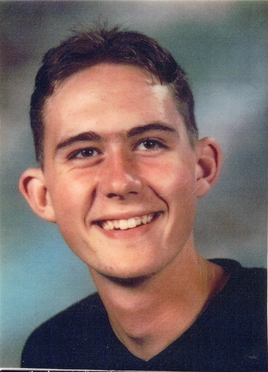
Damien Nettles disappeared from Cowes on the Isle of Wight on 2 November 1996 at the age of 16 during a night out with a friend. Nothing has been seen of him since. The investigation into his disappearance has been ongoing ever since, with five men arrested in 2011, although no charges have been brought.

Terrance Williams and Felipe Santos went missing in 2004 and 2003, respectively, under similar circumstances in Naples, Florida, U.S. Both men were last seen being arrested by Steve Calkins, then a deputy in the Collier County Sheriff's Department, for driving without a license. Calkins claims that he changed his mind about both arrests, and last saw the men after he dropped them at Circle K convenience stores.
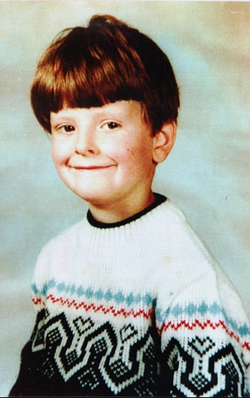
Mark Anthony Tildesley was a seven-year-old English child who disappeared on 1 June 1984 whilst visiting a funfair in Wokingham, Berkshire. A widespread search of the Wokingham area, involving both police officers and British Army soldiers, did not locate him. Thames Valley Police initially suspected that his body was buried near Wellington Road in Wokingham, near the funfair from which he was abducted, but they now believe that he was probably buried in a shallow grave on abandoned farmland.
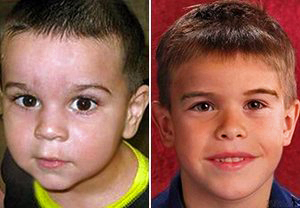
On the morning of November 6, 2011, Sky Elijah Metalwala disappeared in Bellevue, Washington, United States. His mother, Julia Biryukova, claimed that she put Sky, who was reportedly sick, and his older sister in her car to go to a nearby hospital. Along the way, Biryukova stated that she ran out of gas and left Sky in the car along a Bellevue street while she went to get help. She said that when she returned after being gone about an hour and a half, Sky was gone. He has not been seen since.
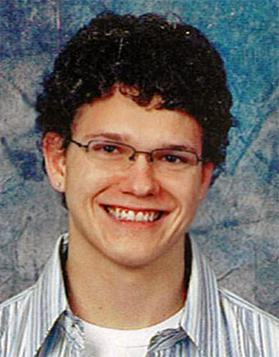
Shortly after midnight on May 14, 2008, Brandon Swanson of Marshall, Minnesota, United States, drove his car into a ditch on his way home from celebrating the end of the spring semester with fellow students from Minnesota West Community and Technical College's Canby campus. Uninjured, he got out and called his parents on his cellphone. Unsure of his exact location, he told them he believed he was near Lynd, and they drove out to pick him up; however, they were unable to locate him. Swanson remained on the phone with them until he went silent 47 minutes later after exclaiming "Oh, shit!" He has not been seen or heard from since.
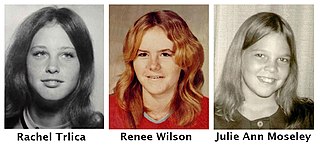
The Fort Worth Missing Trio refers to an unsolved missing persons case in which three girls – Mary Rachel Trlica, Lisa Renee Wilson and Julie Ann Moseley – went missing while shopping at the Seminary South Shopping Center in Fort Worth, Texas, on December 23, 1974. The car that the girls had been driving was left behind in the parking lot at the mall; the girls themselves have not been seen since.
The Denver Prostitute Killer was an unidentified American serial killer responsible for the murder of at least 17 women and girls in Denver and its various suburbs between 1975 and 1995. In 2005, based upon results from DNA profiling, it was determined that the most likely killer was Billy Edwin Reid who was previously arrested and charged with the 1989 murder of Lannell Williams and Lisa Kelly. Reid was convicted and sentenced to life imprisonment for those specific murders. The killings were grouped together only in 2008 – until then, each of these crimes was considered to have been committed by different people.


















